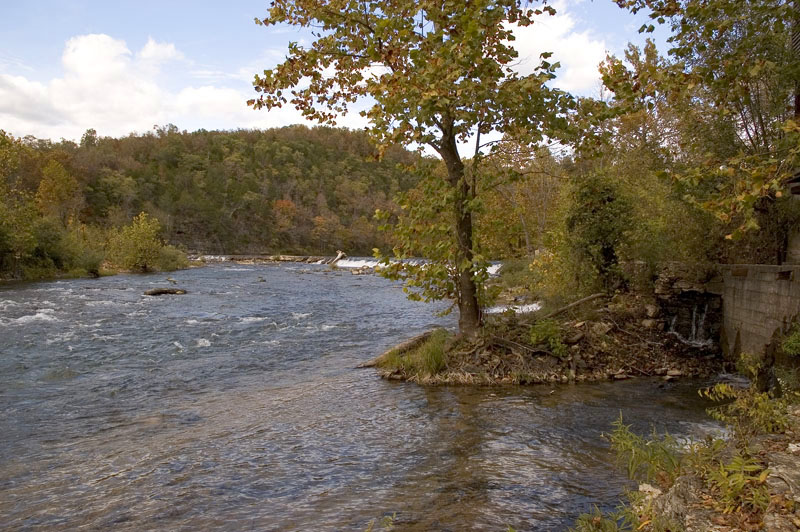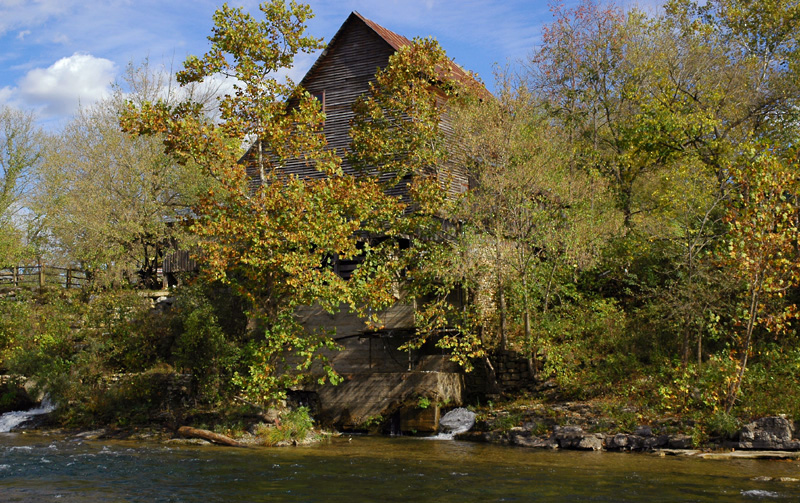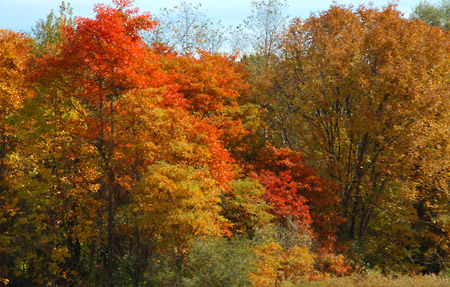I was reading Maria’s post in response to the Ecotone’s Energy of Place. She wrote about living in San Francisco, within visual range of San Quentin prison, with it’s 613 men on death row:
I have asked others around me if they found it odd living in this place of plenty – excesses, really – with the largest death row prison so much in view (but so rarely in sight) as they go about their daily business. They (at least those I asked) said that they didn’t find it strange. It’s just the way things are. It’s all part of what makes this place what it is.
I thought Maria’s description of San Quentin being part of what made San Francisco what it is, was an interesting way of looking at it. But it is true, that for all the beauty of the region, both man-made and natural, there is darkness within the soul of the city– seen as you walk down the streets stepping over sleeping bodies, or take a ferry over to see the infamous Alacatraz.
Then there’s San Quentin, with people playing chess, as they wait to die; in a prison with some of the best views of San Francisco.
When I first read the Ecotone project title, I thought immediately of places that give you good energy. Like yesterday when walking at dusk in Powder and meeting the orphaned fawn, finally having lost its spots, but still young and trusting as she eats by the side of the path. A litte further along, I spotted an owl in the tree, a very rare occurrence for me.
However, I could name a hundred, a thousand places that provide the same good energy and can go to them when I have a little time and money for gas for the car. But I can’t always easily identify the ‘bad’ energy places, nor can can I as easily avoid them; they’re just as likely to be visiting me, as me visit them.
If good energy places leave you revitalized, places filled with bad energy leave you feeling listless, indifferent, and uninspired. Sometimes the places are easy to spot – a bad or unhappy job, relationship, or home life. Most of the time, though, they’re more subtle, and work against you slowly– sometimes giving you a little energy back as they continue to drain you, so you don’t know if the place is what’s leaving you feeling so off or something else. Anyone who has been in a bad marriage for a long time, will understand this one.
Yet, a bad energy place can have an odd fascination, and you return again and again, even though you find yourself dissatisfied each time you do; you wonder why you continue. It’s not necessarily a case of addiction, as much as it is a memory of, and hope for positive energy, which doesn’t materialize.
One could consider San Quentin a bad energy place that has a phsyical manifestation. Yet, I imagine the men on death row who sit and play chess every day find it to be a good energy place, when compared to the alternative.
Maybe places are just that, and it’s up to us to imbue them with energy, good or bad. However, my cat tells me that any place that doesn’t have a cat in it is a bad energy place, and to think otherwise is to be self-delusional; this includes Powder Valley because though the fawn is sweet, and the owl impressive, they’re not cats.








